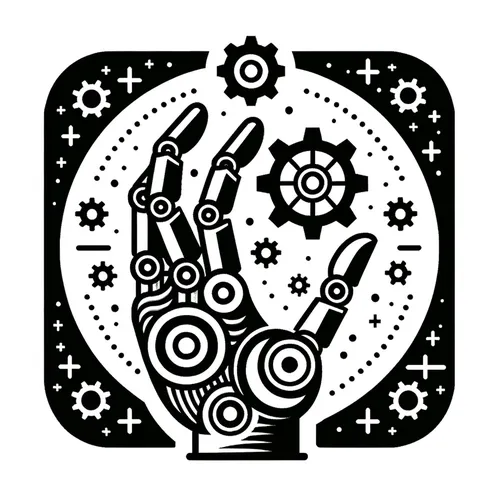Robots Rocking the Factory Floor: AI-Powered Automation Surges in 2025
- Author
- Quiet. Please
- Published
- Fri 15 Aug 2025
- Episode Link
- https://www.spreaker.com/episode/robots-rocking-the-factory-floor-ai-powered-automation-surges-in-2025--67376227
This is you Robotics Industry Insider: AI & Automation News podcast.
The robotics and automation industry is pushing the pace of transformation in manufacturing and logistics, with new data from the Association for Advancing Automation revealing that North American companies ordered over seventeen thousand six hundred robots, valued at just over one billion dollars, in the first half of 2025. Automotive manufacturers fueled much of this momentum, ordering thirty-four percent more robots year over year, while sectors like life sciences, electronics, and plastics also showed double-digit growth. This trend reflects broader forces including reshoring supply chains, persistent labor shortages, and the drive for resilience and flexibility in turbulent markets, as noted by industry leadership in recent reports.
Global industrial automation reached nearly two hundred nine billion dollars in value this year. Analysts at Straits Research and Data Bridge Market Research agree that growth rates above eight percent per year could push the market close to four hundred billion dollars by the early 2030s. Much of this surge is credited to sophisticated industrial robots, collaborative robots—or "cobots"—that safely work alongside people, and the deepening integration of artificial intelligence-powered systems across production lines. Recent launches like igus’ “Iggy Rob” humanoid for flexible manufacturing and Robosculptor’s AI-powered massage robot hint at how human-robot cooperation is reshaping not just factory floors but also health care and service industries.
Recent news stories highlight this evolution. Dexterity’s “Mech,” a superhumanoid robot designed for truck loading and unloading, entered validation with Sagawa Express in Tokyo, signaling the maturation of AI-driven robots for logistics. Meanwhile, the Photoneo PhoXi 3D Scanner Gen3, using blue laser technology, is raising precision standards in quality control and automated inspection. Interact Analysis also reports a rebound in the collaborative robot sector, as companies look beyond routine automation toward systems that optimize workflows through AI-powered adaptive capabilities.
For industry practitioners, the takeaways are clear: investing in upskilling workers, prioritizing user-friendly automation, and proactively exploring partnership models can accelerate returns on automation spending. With government incentives expanding, and nearly eighty percent of global technology leaders expressing trust in robotics, the time to adopt these solutions is now. Looking ahead, predictive maintenance, real-time workflow optimization, and AI-driven skill assessments will move from pioneering pilot programs to standard operating procedure.
Thanks for tuning in to Robotics Industry Insider. Come back next week for more essential updates on AI, automation, and robotics. This has been a Quiet Please production, and for more, check out Quiet Please Dot A I.
For more http://www.quietplease.ai
Get the best deals https://amzn.to/3ODvOta
